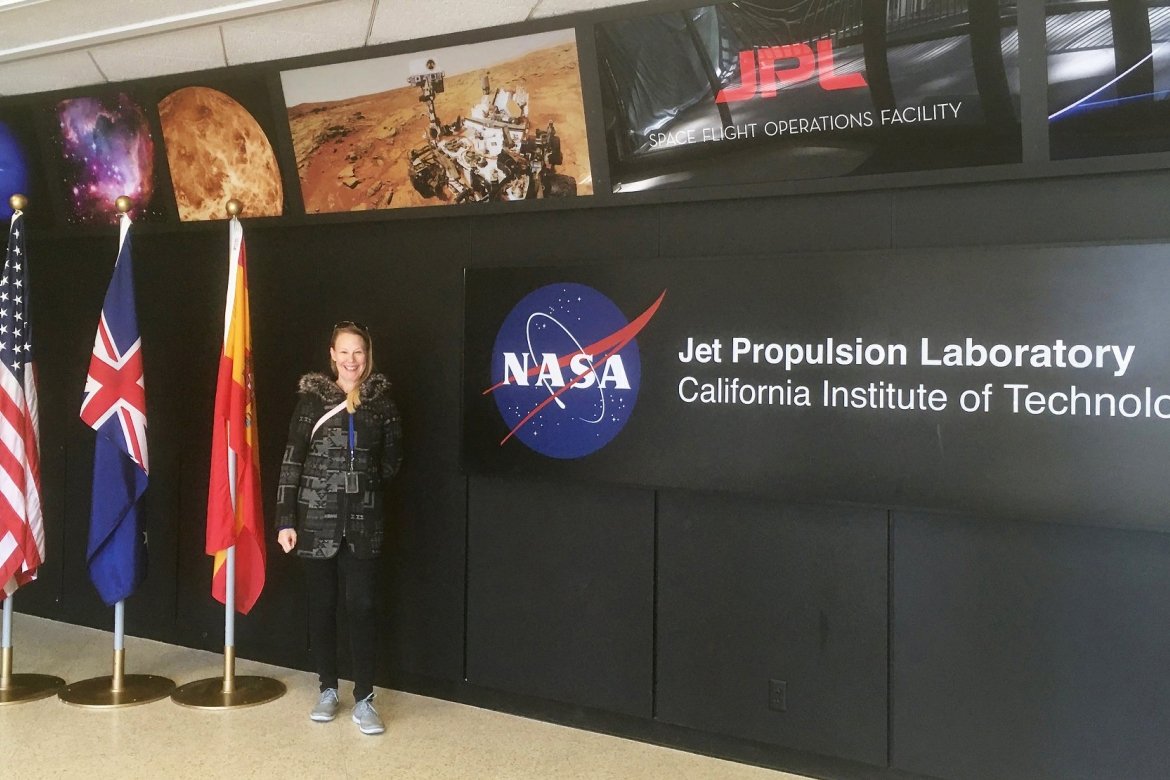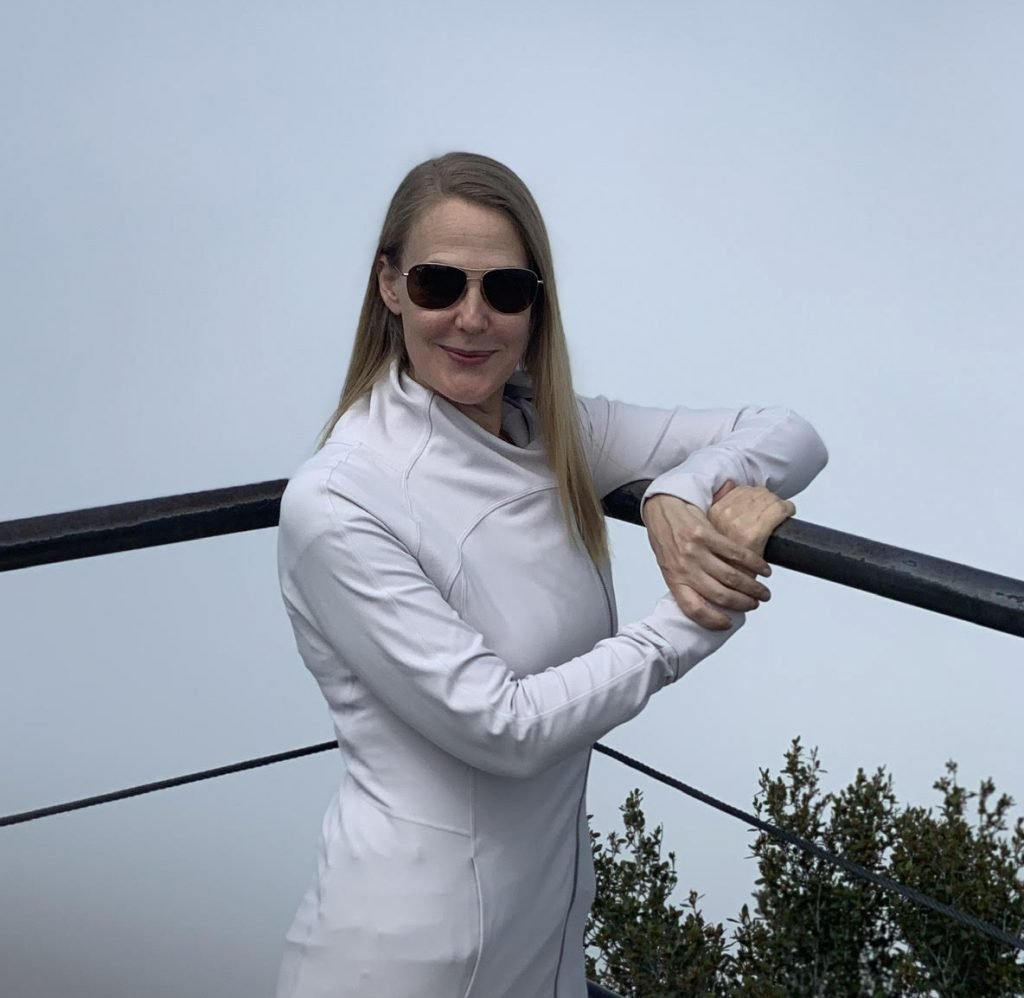Suggestions
Sara Schnadt
Systems Engineer and Architect at NASA Jet Propulsion Laboratory
Sara Schnadt is a Systems Engineer and Architect at NASA's Jet Propulsion Laboratory (JPL), where she plays a significant role in the design and implementation of software systems for mission operations. Her professional background uniquely combines art and technology, having transitioned from a performance artist to a key contributor in high-profile NASA missions, including the Mars 2020 Perseverance rover and the Europa Clipper mission.
Professional Background
Schnadt holds a Master of Fine Arts (MFA) in performance art from the School of the Art Institute of Chicago. Her journey into the technical realm began with her fascination for databases and systems during her early career, which led her to work at Planet, an aerospace startup, before joining NASA. At JPL, she has taken on various roles, including human-centered design lead and systems architect, focusing on creating user-friendly software that aids scientists in their research and data analysis efforts.123
Contributions to NASA
In her role at JPL, Schnadt has been instrumental in developing tools that facilitate the planning and execution of scientific missions. She emphasizes the importance of making complex systems elegant and effective, ensuring that the software is not only functional but also a pleasure to use. Her work involves formalizing science questions and helping teams visualize their progress in answering these questions.1
Schnadt's unique perspective as an artist has enriched her contributions to engineering and systems architecture, allowing her to approach problem-solving with creativity and innovation. She has expressed that the core skills of a conceptual artist—focusing on ideas and employing various methodologies—are directly applicable to her work in engineering.13
Personal Insights
Schnadt's transition from art to engineering reflects her belief in the interconnectedness of these fields. She continues to engage in artistic endeavors while contributing to groundbreaking scientific missions, illustrating the potential for creativity to enhance technological advancements.13

